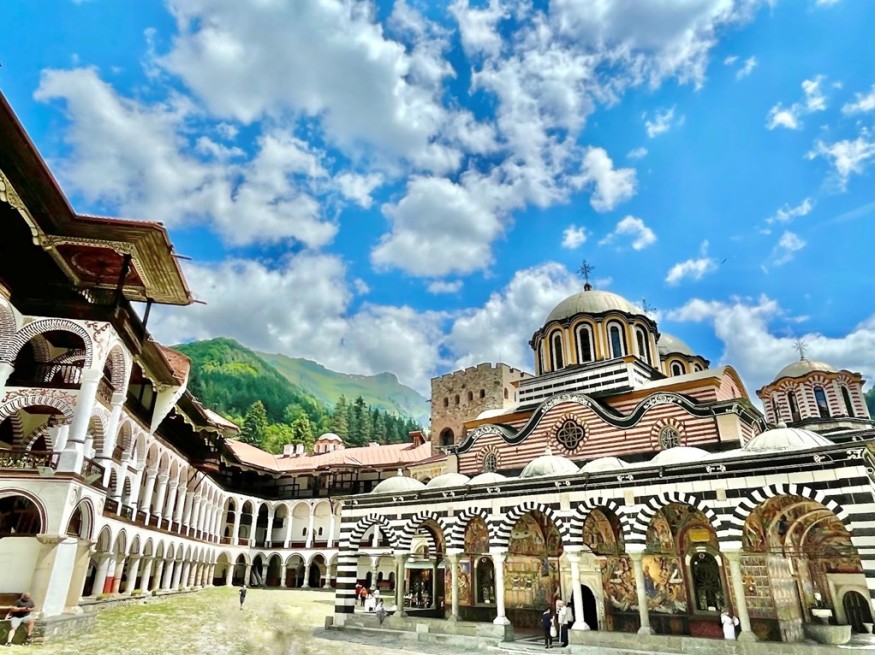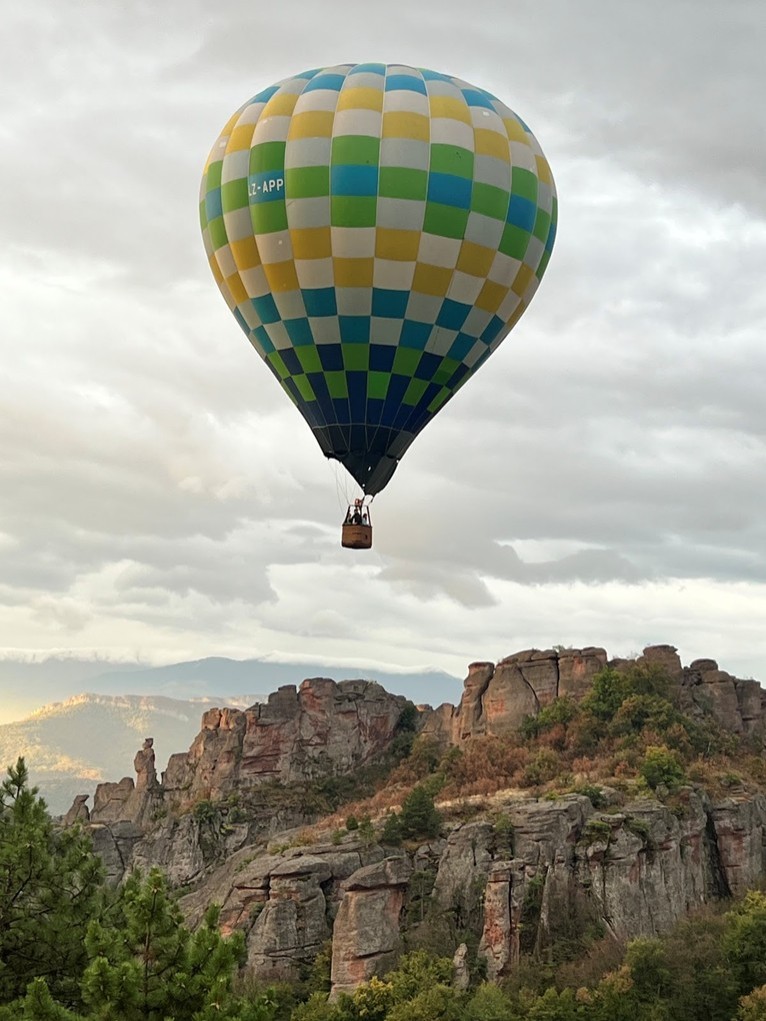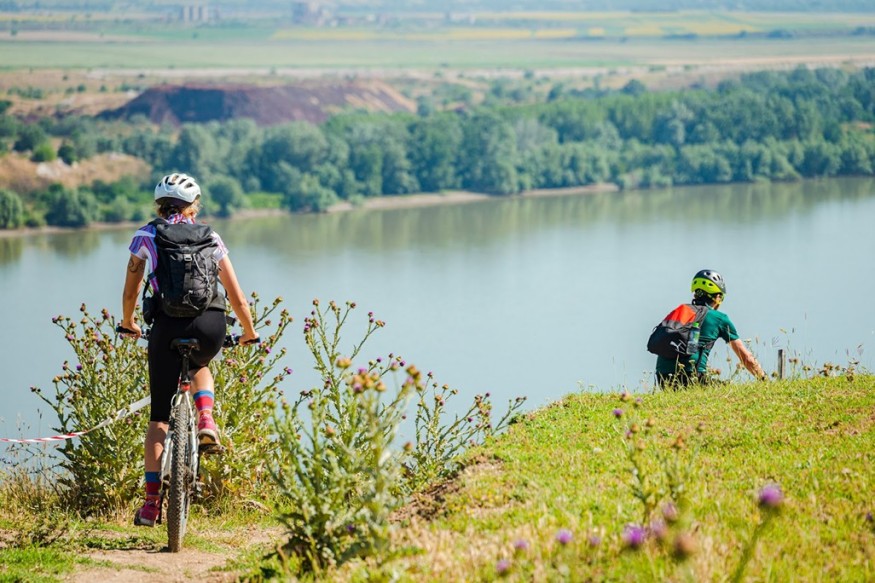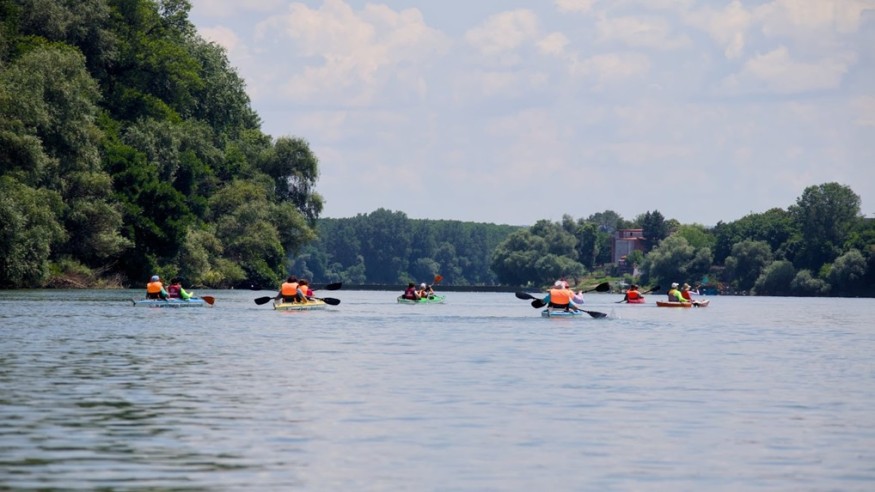
If you are planning a European getaway in 2025, Bulgaria deserves a top spot on your list, whether your trip is this summer, fall, or winter. This Balkan gem offers a captivating mix of ancient history, vibrant culture, stunning landscapes, and warm hospitality—all at a fraction of the cost of Western Europe.
Bulgaria is best known for its Black Sea resorts and mountain ski slopes, but beyond these well-trodden paths lie a wealth of untapped experiences that offer visitors a deeper and more diverse perspective of the country. From the historic charm and vibrant culture of cities like Plovdiv and Veliko Tarnovo to the serene beauty of its national parks, glacial lakes, and hidden waterfalls, Bulgaria reveals itself as a destination rich in natural wonders and authentic heritage.
The country is also home to nine UNESCO World Heritage Sites, showcasing its remarkable cultural and historical significance and natural beauty. Ancient Thracian sites, rock-hewn churches and prehistoric dwellings, ornate Orthodox monasteries, time-honored village traditions, and nature sanctuaries provide a journey into the country's past and present. For travelers seeking more than just sun and snow, Bulgaria's lesser-known treasures promise adventures rooted in culture, history, and unspoiled landscapes.

A Cultural and Natural Treasure Trove
Bulgaria offers a beguiling mix of ancient and modern. It is one of Europe's oldest countries, with a history shaped by Thracian, Roman, Byzantine, and Ottoman civilizations.
The capital of Sofia, a city of 1.2 million, is a vibrant blend of ancient history and modern charm. Nestled at the foot of Vitosha Mountain, it offers a striking mix of Roman ruins, Ottoman relics, and Orthodox cathedrals. Visitors can explore the gold-domed Alexander Nevsky Cathedral and the ancient city of Serdica, or enjoy the city's dynamic food, art, and nightlife scenes.
Just outside Sofia lie two UNESCO World Heritage treasures—the medieval frescoes of Boyana Church, tucked in Vitosha's foothills, and the spectacular Rila Monastery, Bulgaria's largest and most revered religious site.
In Plovdiv, one of Europe's oldest continually inhabited cities, dating back to the 6th century B.C., the Bishop's Basilica of Philippopolis showcases intricate Roman mosaics and interactive exhibits that bring early Christian history to life.
Once the medieval capital of the Second Bulgarian Empire, Veliko Tarnovo is experiencing a cultural renaissance. From the majestic Tsarevets Fortress to immersive sound-and-light shows, history comes alive here. The town buzzes with boutique galleries, street art festivals, and artisan markets.
Rich in history and coastal beauty, Nessebar and Sozopol are two of Bulgaria's most captivating seaside towns. Nessebar, a UNESCO World Heritage Site, enchants with its ancient ruins, medieval churches, and cobbled streets set on a rocky peninsula surrounded by sea and sand. Not far away from it, in Sozopol, visitors can explore its romantic old town with wooden Revival-era houses and ancient ruins, stroll along scenic cliffs, or enjoy the art-filled Apollonia Festival in the summer. Sozopol is also a gateway to beautiful natural attractions like the Ropotamo Nature Reserve, home to lush river landscapes and rare bird species.
Festivals of Colors, Sounds, and Culture
Each July in Sofia, A to Jazz, an open-air jazz festival, takes place in South Park II, a spacious green area close to the city center. It celebrates contemporary jazz in all its forms, from classic and fusion to funk, soul, and experimental styles. In addition to having hosted global jazz legends, it highlights Bulgaria's own jazz scene, which blends Balkan rhythms with modern jazz, creating a unique sound.
In Koprivshtitsa, the National Festival of Bulgarian Folklore (August 8–9) brings together thousands of performers in traditional dress, celebrating music, dance, and crafts in a picturesque mountain setting.
One of the key cultural events to look forward to from August 15–17 is the Varusha South Festival, an emerging highlight on Bulgaria's summer calendar. The event transforms Veliko Tarnovo's lesser-known Varusha neighborhood into a vibrant cultural hub with live music, interactive art installations, open-air performances, and workshops blending tradition with innovation.
The Green Cheese Festival in Cherni Vit, typically held in late August, invites visitors to discover the rare green-mold cheese produced only in this mountain village.
From September 12–14, the village of Kurtovo Konare near Plovdiv hosts its namesake festival, celebrating regional produce like the famed Kurtovska Kapiya pepper and pink tomatoes with culinary contests, crafts, and live music.
Just a week later, from September 19–22, the Bulgarian Plum Festival in Troyan honors the plum harvest with folk performances, artisan markets, and tastings of Troyanska Slivova rakia, a fruit brandy.
In Pernik, the Surva Festival (end of January 2026) kicks off the winter season with a spectacular display of Kukeri, costumed dancers who perform traditional rituals to chase away evil spirits. This UNESCO-recognized event is one of the largest masquerade festivals in the Balkans.
These seasonal events offer a delicious and immersive way to experience Bulgaria's traditions and community life.
Explore the Danube and the Northwest
More travelers today seek to slow down and stay closer to nature, and Bulgaria's North delivers just that. The Vratsa Balkan and the Danube region offer hiking, biking, kayaking, and birdwatching escapes. With local wine and culinary tours, this area is waiting to be discovered beyond the beaten path.

Digital apps aid exploration of Bulgarian tourism treasures along the Danube, such as the Dunav Ultra cycling route, a 740-kilometer route along the Danube River to the Black Sea.
Drifting skyward in a hot air balloon over the majestic Belogradchik Cliffs is one of the most uplifting adventures you can embark on in Northwestern Bulgaria, which offers breathtaking flights over the region's iconic red rock formations and the nearby Danube plains.
The Treasure Hall in the Vratsa Regional Museum houses one of the richest Thracian gold collections in Bulgaria, while the Balkan Nature Park offers marked hiking trails across dramatic limestone landscapes. Open Vratsa is a regional platform that provides helpful information about the area, including options for walking tours around the city.
In the mountain town of Chiprovtsi, the centuries-old tradition of handwoven UNESCO-listed rugs is preserved, alongside local beer tasting experiences in a setting rich with craftsmanship and tradition.
Along the river, the Svishtov Kayak Club organizes guided kayak tours that explore quiet inlets and birdwatching spots, while boat tours from Nikopol reveal the river's history and natural charm from a unique waterside perspective.

In Belene, guided tours of the former communist labor camp offer a sobering but important look at Bulgaria's history as a Soviet client state from 1944–89. These tours preserve and interpret the country's complex past.
The skies of Ruse and the Kalimok–Brushlen Protected Area offer birdwatchers a spectacle of flying treasures.
Support from the America for Bulgaria Foundation
The America for Bulgaria Foundation (ABF), an independent, nonpartisan, and nonpolitical American grant-making foundation working in partnership with Bulgarians to strengthen the country's private sector and related democratic institutions, has been promoting cultural heritage and nature tourism in Bulgaria since 2009. Grants from ABF have helped restore the Bishop's Basilica of Philippopolis and the Small Basilica both in Plovdiv, as well as numerous cycling, kayaking, climbing, hiking, birdwatching, food and wine tasting experiences in Northwestern Bulgaria and the Danube region, among other initiatives: https://us4bg.org/tourism-projects/
Why Visit Now?
Bulgaria remains one of Europe's best-kept secrets. With fewer crowds, lower prices, and more authentic experiences, it offers a refreshing alternative to more commercialized destinations. Infrastructure is improving, and English is widely spoken in tourist areas.
Practical Tips
- Getting There: Direct flights to Sofia, Plovdiv, and Varna from major European cities.
- Getting Around: Rent a car for rural areas.
- Currency: Bulgarian lev (BGN) until the end of 2024. Bulgaria is set to adopt the Euro on January 1, 2026.
- Language: Bulgarian is the official language, but English is common in tourist areas.
This article is copyrighted by Travelers Today, the travel news leader



